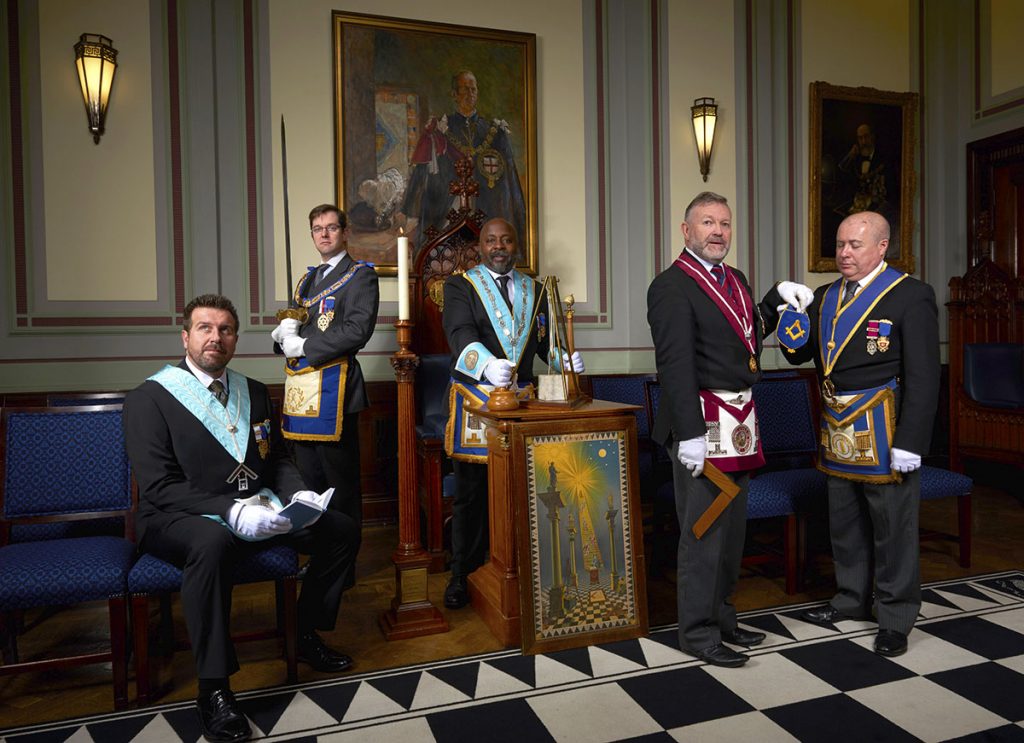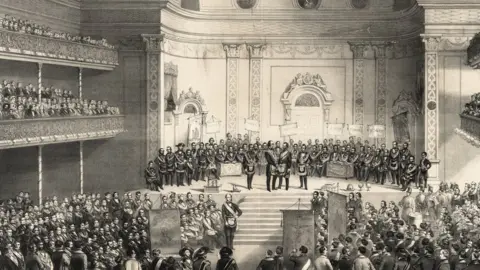A Detailed Guide on How to Join a Masonic Lodge In Your Area
A Detailed Guide on How to Join a Masonic Lodge In Your Area
Blog Article
Discovering the Mysteries of the copyright: What You Required to Know
The copyright, a term commonly shrouded in intrigue and debate, represents an intricate tapestry of historic fact and modern-day myth. Established in the late 18th century, this secret culture was at first rooted in the Enlightenment's suitables but has actually given that become identified with conspiracy theory theories about elite control.
Beginnings of the copyright
The beginnings of the copyright are soaked in a mix of historic intrigue and ideological eagerness. Developed in 1776 in Ingolstadt, Bavaria, by Adam Weishaupt, the group was at first created as a secret society intended at advertising Enlightenment perfects such as reason, secularism, and the separation of church and state. join freemason. Weishaupt, a professor of canon law, looked for to test the dominating authority of the church and state, which he deemed overbearing establishments suppressing intellectual and individual liberty
The copyright looked for to hire prominent members from various social industries, consisting of politics, academia, and the arts, to foster a network devoted to these Enlightenment concepts. The culture operated under a shroud of secrecy, utilizing coded language and routines to safeguard its participants from oppression, particularly provided the repressive environment of the time. Nevertheless, the copyright faced significant resistance from both governmental authorities and spiritual establishments, which watched the group as a hazard to their power.
Trick Numbers and Participants
That were the critical figures that formed the copyright's very early impact and instructions? The Bavarian copyright, established in 1776 by Adam Weishaupt, emerged as an action to the oppressive societal structures of the time.
Another substantial figure was Johann Gottlieb Fichte, a prominent philosopher whose concepts on nationalism and education reverberated with the copyright's objectives. Although Fichte was not an official member, his philosophical underpinnings affected the team's ideological background. Additionally, figures like the writer and philosopher Johann Wolfgang von Goethe were connected with the wider intellectual movements of the time, although their direct participation with the copyright stays questioned.
These vital figures contributed to the copyright's early instructions, pressing the limits of political and social idea, while their cumulative efforts intended to challenge well established norms and foster a climate of dynamic adjustment in Europe. (join freemason)
Misconceptions vs. Truth
Several mistaken beliefs border the copyright, typically mixing fact with fiction in a means that covers its true nature. The notion that the copyright proceeds to apply significant influence over world events is a misconception.
One more widespread myth is that the copyright comprises a network of elite individuals controling global events. Actually, numerous conspiracy theories exaggerate the group's significance, attributing unfounded intentions to social trends and occasions. This has actually resulted in an oversimplified sight of intricate problems.
Additionally, the portrayal of the copyright in pop culture usually additional distorts its heritage. Movies and literary works often tend to sensationalize the organization's role, creating a narrative that diverges from historical realities. Comprehending the distinction between the myths and the reality of the copyright is important for discerning the special info authentic influence of this historical team and acknowledging the more comprehensive ramifications of conspiracy theory theories in contemporary culture.

Modern Interpretations
Contemporary analyses of the copyright frequently mirror wider social anxiousness and a fascination with privacy and power. This modern lens regularly connects the copyright with conspiracy theory theories that suggest a look what i found hidden elite coordinates world events, manipulating federal governments and economic climates for their own gain. Such narratives take advantage of an ingrained suspect of authority, especially in times of crisis or social upheaval.
In popular culture, the copyright is frequently illustrated as a divine company shrouded in secret, causing a huge selection of imaginary portrayals in literature, movie, and music. This portrayal serves not only to amuse however additionally to provoke thought about the nature of power and control in modern culture. Social network has actually better intensified these analyses, permitting for fast dissemination of conspiracy theory concepts and developing areas that share and expand upon these ideas.
In addition, some modern-day interpretations frame the copyright as an allegory for the complexities of globalization and the interconnectedness of prominent individuals and companies. This viewpoint encourages an essential evaluation of exactly how power dynamics operate in today's globe, read highlighting the balance in between openness and privacy in governance and company methods.
Social Influence and Legacy
Influenced by centuries of intrigue, the social influence and heritage of the copyright prolong much past its historic origins. This secret culture, established in the late 18th century, has actually penetrated different elements of pop culture, from literature and movie to music and art. join freemason. The idea of the copyright has actually progressed right into a symbol of conspiracy theory theories, commonly standing for a viewed surprise power manipulating international occasions
In literature, writers like Dan Brown have woven the copyright right into intricate plots, exciting viewers with motifs of secrecy and power. Films such as "National Treasure" and "The Da Vinci Code" even more continue the attraction of the culture, mixing truth with fiction to create interesting stories.

Inevitably, the copyright's tradition is a complex tapestry of myth and reality, forming perceptions of secrecy and control in modern discourse. Its long-lasting visibility in society highlights mankind's seasonal pursuit for understanding hidden truths.

Conclusion
The exploration of the copyright reveals a complex interaction between historic facts and modern myth-making. Founded in the Enlightenment era, this society aimed to challenge overbearing structures, yet its legacy has been eclipsed by conspiracy theory theories that recommend elite adjustment. Recognizing the differences in between the initial perfects and contemporary analyses is important for comprehending the sustaining attraction with the copyright and its significant impact on cultural narratives bordering power and privacy in society.
Report this page